#game design tips
Explore tagged Tumblr posts
Text
game design is an art. this means that just like other forms of art, it's okay to make things just for practice. writers drabble, painters scribble, and just like them you should try to experiment with mechanics, style and form.
take a theme and think about it. if you haven't tried yet, remove dice. try other tools. ask yourself what you'd do without RNG to better think about what to do with it. read something from that bundle you bought years ago.
i promise you: there are so, so many ways you haven't thought about ttrpgs. you have blind spots. it's okay. with time, not only will you make better stuff, but you'll come to appreciate games even more!
at the very least, you'll know what you hate lmao
7 notes
·
View notes
Text
Buy my game
Please just buy it
I'm in so much debt
I spent so long trying to develop new systems for Starfield (Order your copy today!) that I had to survive off of microwaved ramen noodles and unused copies of fallout crushed up and mixed with coke.
I put most of my workers on furlough.
It wasn't enough.
It was never enough.
None of you have the slightest idea what I sacrificed for Skyrim's success.
You make jokes about me milking it? You would too, if that was the only way to stave off the debts that were fast coming due. I don't remember their names or faces, only the sound of boiling oil in my ears. I said yes to anything that I had to. And they told me I'd be a success, create a legacy larger than any other game of it's kind. I don't remember what they asked for in return, but it haunts me in the hours between dreaming and waking. Eyes wide, paralyzed but my heart is racing. An empty silence about me, but new terrors come in every flicker of the light and brush of the breeze on my curtains. I don't l know what they want, but I spend every waking hour trying to figure it out.
BUY MY GAME
#buy my game#i'm todd howard#starfield#game design#todd howard#digital marketing#marketing strategy#skyrim#the elder scrolls#game design tips#elder scrolls
9 notes
·
View notes
Text
It will help you to impress the desired audience segments quite naturally and also enhance the overall download and installation of your game application throughout the year. For more insights, you can talk with a professional game design studio. We will proceed to discuss: Major Design Tips to Remember When Developing a Game, https://www.linkedin.com/pulse/level-up-your-game-essential-design-wy18c/
1 note
·
View note
Text
Ideas for Game Designers Part I: Book Adaptation
Check out my latest blog article on book-to-game adaptations for all you game designers out there. Read now for valuable tips and potential game ideas. #GameDesign #BookAdaptations #GamingIndustry #AdobeFirefly
Intro Welcome to the first installment of our “Ideas for Game Designers” series! In this article, we’ll explore the exciting world of book adaptations in the gaming industry. Books have long been a source of inspiration for game developers, offering rich narratives, well-developed characters, and immersive settings. Join us as we delve into the realm of book-to-game adaptations, where literary…

View On WordPress
#adapting books to games#book adaptations#book-to-game adaptations#captivating narratives#engaging characters#game design#game design inspiration#game design tips#game development#gameplay mechanics#immersive experiences#interactive storytelling#interactive worlds#literature in gaming#video game adaptations
1 note
·
View note
Text


Finally, my design for Mysterion!! this boy gave me so much heartache in the process of making this but its ok its all worth it for him <3
I also couldn't choose between the version with hair or without hair, so here's the one without under the cut (+ my initial drafts for his design):



#south park#south park fanart#south park the fractured but whole#tfbw#south park tfbw#mysterion#kenny mccormick#shroomer's archives: south park#shroomer's art !#time for me to yap about my design process in the tags again#so yea. MYSTERION!!! just another different flavor of kenny#are you sick of seeing me draw him yet#anyways. i made the poncho follow the shape of an M to recreate the M on his original design on his chest#but i also have green lines on his undershirt that travel up his arms and onto his chest to recreate the shape of an M#if the hood were to ever be ripped off#gave him the sort of police utility belts because he was close to the police in his first episode#and also just because theyre cool lol#ALSO I STOLE THE SPRAY PAINTED QUESTION MARK ON HIS HOOD i really like how it looks i think it was vicchaosz here on tumblr who inspired me#made the poncho ragged because. yknow. he dies a lot. that thing is not gonna walk away in tip top shape.#kept most of the colors the same with only a few changes like his boots and his underpants (which i changed to shorts)#OH AND MY FAVORITE HAPPY ACCIDENT!!! the underside of his hood was too dark in contrast to his shorts so i added some lilac to lighten it u#and it ended up looking like when mysterion goes into his ghost form in the game AND ITS JUST. UGH. SUCH A COOL HAPPY ACCIDENT.#so yea: not only did it help with the contrast its also THEMATIC!!#i swear he's not shorter in the lineup hes just slouching#i love this feral ass pose i put him in#ok i think thats it if you read this far ily and i smooch you#mwah#i hope this post does well lol i put so much effort into this
576 notes
·
View notes
Text
You can believe me. I'm your friend.! I make all of these numerous games for you to play. Like Skyrim.
GAMING RULE 1: NEVER PREORDER
GAMING RULE 2:

#buy my game#todd howard#i'm todd howard#game design#starfield#digital marketing#marketing strategy#skyrim#the elder scrolls#game design tips
56K notes
·
View notes
Text
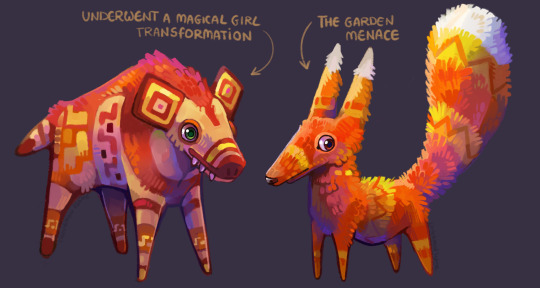
Hello I am back with more Viva Piñata doodles! Turns out if you think enough about fluffy piñatas you can force your way through art block (at least for a while)
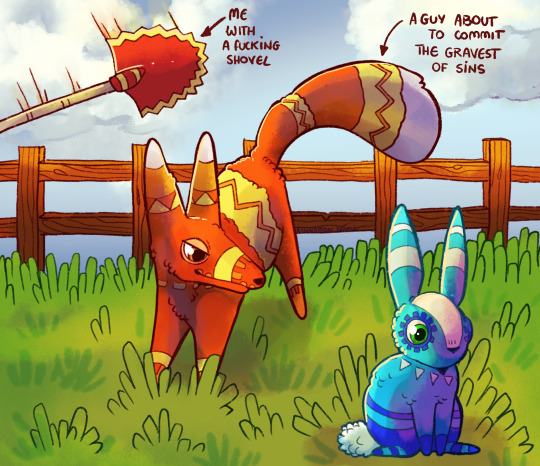
The typical Viva Piñata experience, I love you Pretztail but why are you like this I drew so many Pretztail as a "do over" of my first Viva Piñata drawing from 2018

that's when it all started
#For anyone not in the know a Pieena can be made from a Pretztail that has been gifted a bone#after that you can get it at the desert#also additional piñata lore#a Pretztail CAN AND WILL haunt your garden if you have a bunnycomb in it#they won't stop coming#they won't stop attacking them#the only way to end it is getting the master romancer achievement for pretztail and then banning them from appearing#despite this I still love those little dudes#even if they are rascals#me talking about Viva piñata designs : this is the topest tier of creature design#me actually drawing the designs : oh god what does that pattern look like from this side#this is for all the people how still somehow reblog my previous piñata drawings and comment about how they miss the games#I do too#so here I am with doodles#viva piñata#viva pinata#vp#viva pinata tip#pretztail#bunnycomb#pieena#art#cinnamon's doodles
675 notes
·
View notes
Text

Shout out to all artists who had to work without any strong direction or instruction.
I wish you a merry “the client likes it anyways”
#non mdzs#The real mood of this comic is:#AKA: you are in charge of designing a character but have only been given personality as a reference.#This was technically for a game dev meeting and I am part of a team rather than a contractor hired on.#But hey the anxiety going into this was still crazy high. I was playing a risky gambit.#Part two of this comic is me putting all those clowns on a powerpoint and presenting them in front of a few people.#Pointing at them and saying “Okay which clown do you like best? How can we sex up this clown more?”#I think I may be giving the impression that I’m more into clowns than I actually am. It just fit with the character okay!#I had to consult the REAL down-for-clowners for tips. Photos exchanged in the dark alleys of a discord server.#A hooded figure shakes their head at the first photo. Slowly nods as I add puffy sleeves. Nods furiously as I drop the neckline.#This clown still needs to marinate a bit more before I’m ready to present them to the wider world.#So stay tuned! They have become a delight to draw and develop!#Game dev diary#As this is part of that new arc in my life.#Can you tell I've been practicing with digital art a lot more? Boy have I ever! I'm getting stronger! And faster!
620 notes
·
View notes
Text
Understanding In-Game Economies: Part II
I'm excited to share my latest article on game design - "Understanding In-Game Economies: Part II"! If you're interested in game design, be sure to check out the article! #GameDesign #Gaming #GameDevelopment #GameEconomy #AdobeFirefly

View On WordPress
#dailyprompt#dailyprompt-1896#game analytics#game balancing#game design#game design tips#game development#game economics#game economies#game genres#game mechanics#game monetization#game objectives#game play#game progression#game rewards#game systems#in-game economy#player engagement#target audience#virtual currency
1 note
·
View note
Text
Never say I don't listen to my fans
Losing it at this

37K notes
·
View notes
Text

[PLAY ON ITCH.IO]
Fish and Tips is a short management game about Clamentine, who has to learn how to properly run a coffee shop as a first time owner. Take orders, make coffee and keep the tables clean to ensure maximum satisfaction for your customers, and make a good impression to the critic to obtain a positive review.
#management game#restaurant#fish and tips#farts#i really need to start making tumblr-specific thumbnails but i got caught up w stuff. either way: i made art & level design for this!
148 notes
·
View notes
Text

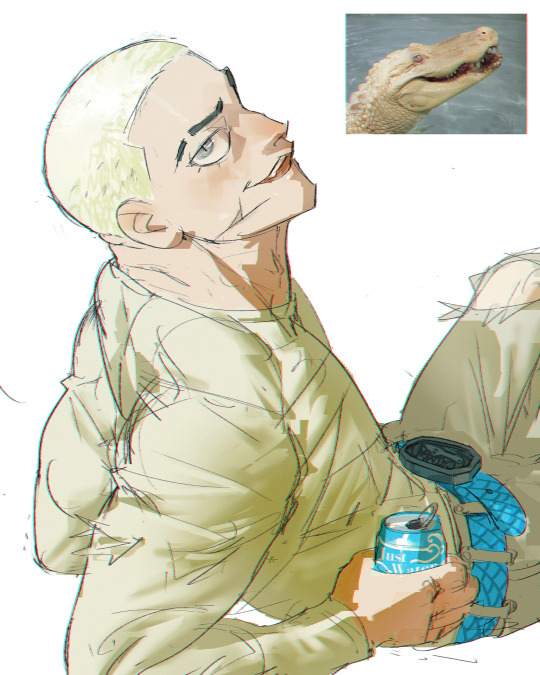
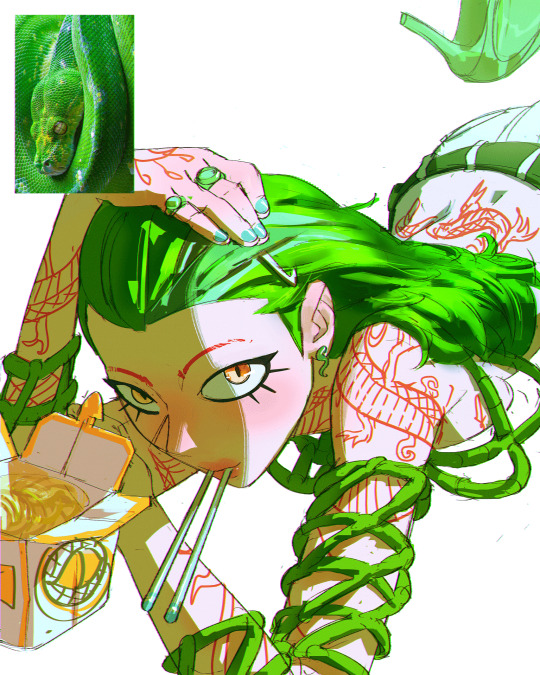

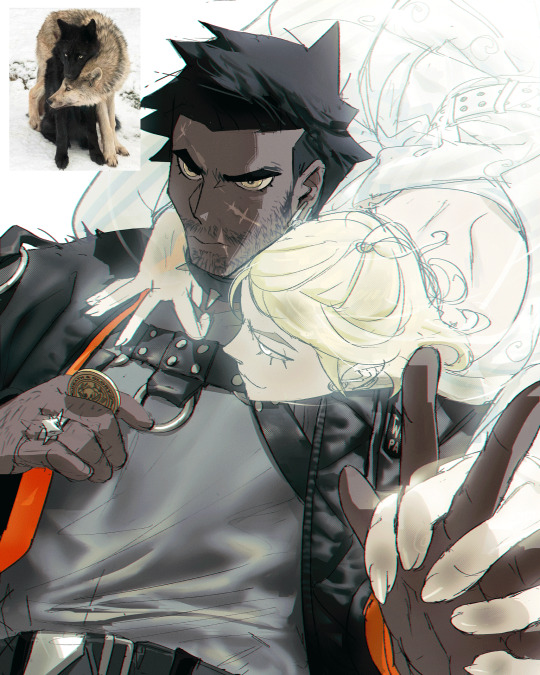
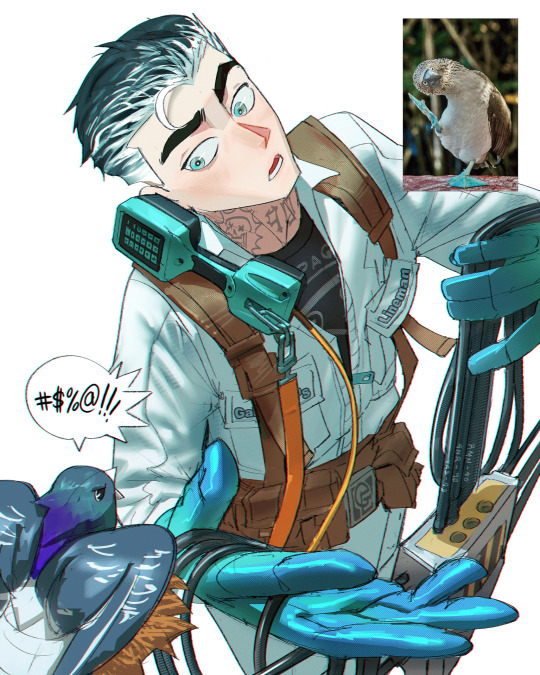
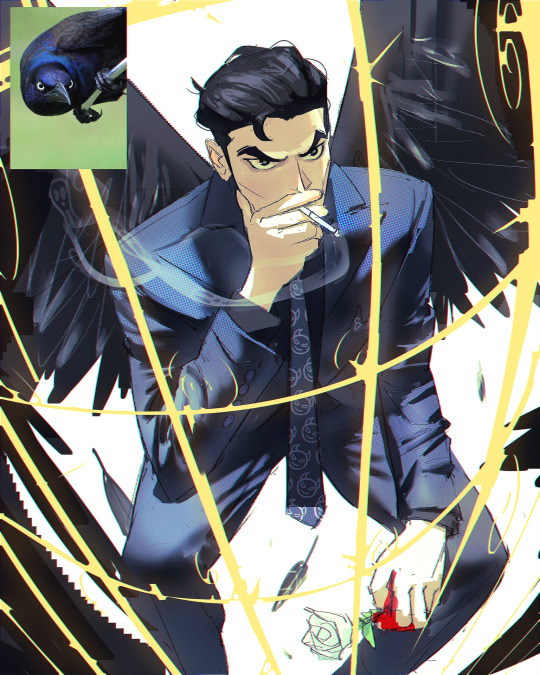
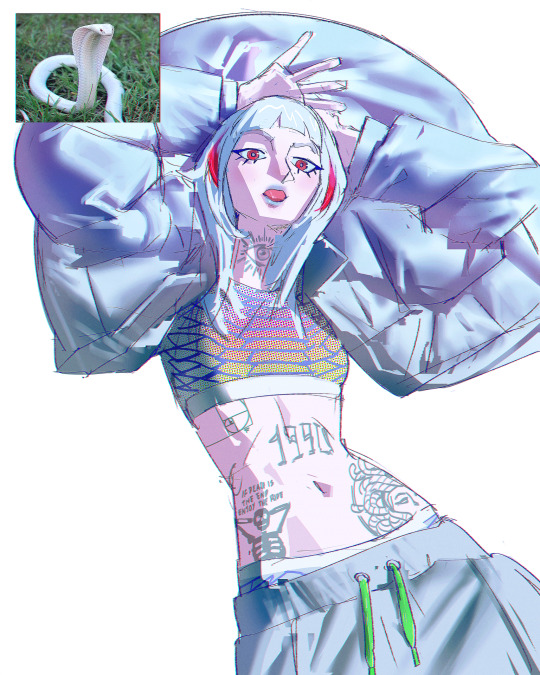
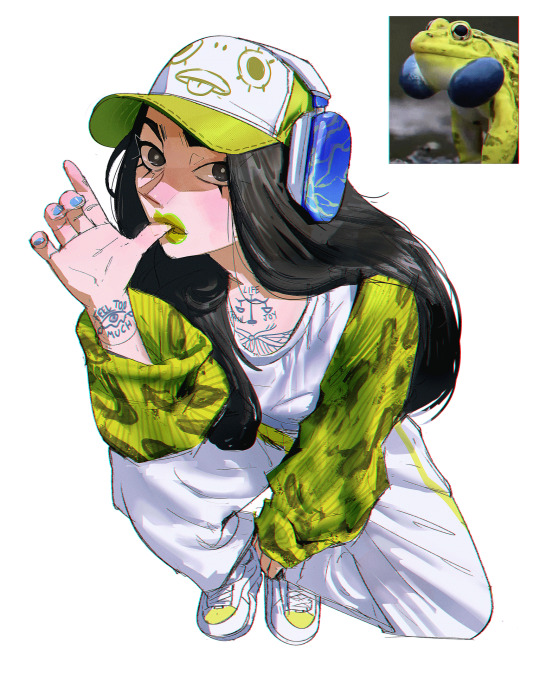




Get access to my brushes, art tips, process videos, and files here https://www.patreon.com/ramonn90
#illustration#ramonn90#art#photoshop#patreon#digital art#portrait#character design#brushes#game art#animeart#art fundamentals#tutorial#tips about art
2K notes
·
View notes
Text
This is why mudcrabs are the way they are. To represent the natural emnity that exists between mankind and nature. Animals are naturally your enemies, don't let @official-peta-blog manipulate your emotions, they want you dead.
BUY MY GAME
the PETA elden ring video is fucking killing me
#i'm todd howard#game design#todd howard#digital marketing#skyrim#marketing strategy#the elder scrolls#game design tips#the elder scrolls skyrim
36K notes
·
View notes
Text
Take A Risk and Don’t Write a Chosen One
This trope stands the test of time for some very good reasons: Audience wish-fulfillment as they live vicariously through the hero, automatic plot-induced agency for your protagonist, and automatic legitimate reasons for your protagonist to join the whirlwind adventure of the day.
I like chosen ones. We all have our favorite famous chosen ones and I’m not here to say the concept of a chosen one is bad at all.
However.
Those “automatic” windfalls that come pre-packaged with the trope can lead to the author taking shortcuts, or not thinking they have to put in more effort to write a compelling character, because they’re the “chosen one,” what more do you need?
Not writing your protagonist as commanded by the powers that be to participate in the plot forces you to get creative with why they’re here, what they want, and how they entrench themselves in the story. And most importantly, if the gods haven’t chosen them to act, they must now choose themselves to act.
—
I have never read Harry Potter and after its author-who-shan’t-be-named flushed her reputation down the toilet, I never will. I’ve seen the movies, they’re ok. I have no nostalgia-driven love for this franchise, and most of that comes from watching Harry be an incredibly boring protagonist.
Book readers correct me, but Harry is the poster child of “only exists so the audience can live vicariously” with generic heroic traits and nonexistent or at least unimportant side quirks and distinguishing hobbies, interests, or personality tics. He’s “brave” and “courageous” and “determined”... as most child protagonists of children’s books should be. He has zero flaws that come back to bite him in the ass. He acts the way he’s supposed to, not the way he should want to, as an independent being.
He’s the least interesting character in this entire cast, and I can’t stand Movie Ron. Ron, Hermione, Neville, or Draco would have made much more compelling protagonists and so much of this relies on the “Harry is important because the plot demands it” crutch.
Why is he the chosen one? Because his birthday happened at the right time of year? What is the story trying to say about the dichotomy between him and Voldemort? What about his personality, his wizard-societal stances on the many faux pas in this series, or the choices he makes, that makes him the chosen one? Why should I care?
You know who’s a great chosen one? Percy Jackson. Why? Because he understands the screwed up world he lives in on page 1. Being a demigod isn’t everything he ever dreamed and despite what Disney + wants you to believe, he’s got a crap bio dad who’s as disappointing in book one as Percy expects him to be.
He’s not even the chosen one by the end of the original series, and what a fantastic twist that was.
An infamously self-chosen protagonist has her own iconic hero quote: "I volunteer as tribute". Katniss is a nobody. She's not the evil president's daughter, she's not the child of a famously martyred revolutionary, she's just a girl who refuses to bow down to the reaping, refuses to let her sister get slaughtered, and volunteers for a death match that historically sees anyone living to survive another year cowering in relief. Yeah, she has some convenient skills in her archery and survival knowledge, but those matter because her district is starving, she learned through necessity.
Every second of her story, Katniss is fighting for her right to exist, and she only becomes a "chosen one" dragged around by the powers that be when she becomes marketable to the grand scheming of the actual revolutionaries, when, before, she didn't care about politics, she just wanted to save her sister. She matters because she chose compassion in a world where survival demands only serving yourself.
—
It’s so, so easy to start planning your book and make your cool fantasy world and figure out how your protagonist fits into it. So easy to say “well they’re the long-lost princess and the only heir to the throne” or “this magic amulet from her great great aunt is the key to saving the world” or “she’s the villain’s secret love child and the only one who can stop him because blood magic” or “this vague prophecy picked this little desert slave boy to bring balance to the Force”.
None of these stories are at fault for writing chosen ones.
But push yourself to let go of that crutch and come up with other reasons for why your hero is the hero. Usually this character has been isekai'd into magical-fantasy-land or magical-hidden-fantasy-urban-underbelly and you can still write that character.
Refusing to make them the chosen one demands one thing first and foremost: How is this outsider going to fight for their place to exist here? What do they bring to the table with their hobbies or interests or unique skillset that happens to be mighty applicable and useful in this new world? What is it about their personality that draws these strangers in? What do they want from this new world, and what are they willing to do to get it?
This choice demands you give your hero agency (though whether you give into those demands is up to you).
More importantly: I think it gives your audience agency, as they still live vicariously through their hero. Sure, lots of kids have lost their parents and live in horrid conditions like a cupboard under the stairs, but none of us will ever be “chosen” by omniscient wizard prophets. Harry would have immediately been a more compelling protagonist to me if he’d stumbled upon magical shenaniganry and fought for his place as some forgotten nobody mudblood.
Harry would have shown us his courage, instead of the story insisting he has it, we promise, just don’t think too hard about it.
Stop giving me characters who accept their destiny because God said so. Give me characters who fight tooth and nail for a destiny they discover on their own and I’ll root for them to succeed even more than someone compelled by force. Not everyone can be a chosen one, but everyone *can* choose themselves and decide to act.
—
With that said, I have an announcement! I have a new book in the works bereft of a prophecy-ordained hero. It’s time I put all my sagely writing wisdom to the test in a shiny published paperback myself. If you’ve learned anything from my blog in your writing journey, please subscribe for updates on the upcoming novel!
#chosen ones#character design#writing advice#character development#writing resources#writing tips#writing tools#writing a book#writing#writeblr#fantasy#urban fantasy#scifi#harry potter#percy jackson#katniss everdeen#the hunger games
119 notes
·
View notes
Text

Pixel Art Geometric Shapes - Level 3
Using shadows and lights will help you create volume in two-dimensional shapes.
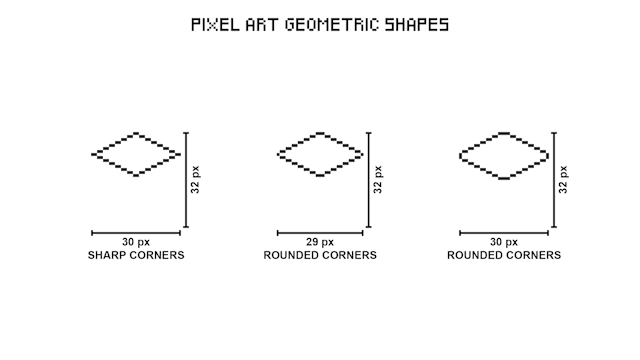
When creating shapes in pixel art it is not always possible to draw a central line, in these cases you must make use of an imaginary line.

Increase the number of pixels in the corners to make them rounded.
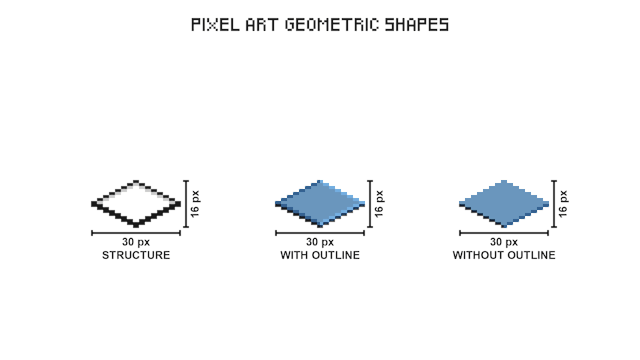
Resize the vertical edge to change the height of a shape.
Use different colors to create divisions in 3D shapes, it is not always possible to create the outline of the central edge.

3D shapes in pixel art usually have an isometric projection, this method allows pixels of various geometric shapes to fit together perfectly.

Put together multiple cubes to start creating structures.
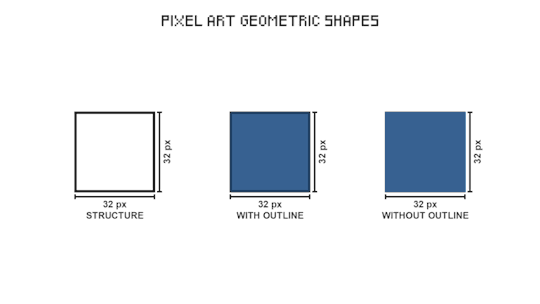
This three-dimensional cube structure is the one used in pixel art RPG video games.

In isometric projection the faces of a shape that simulate depth are the same size.
#pixel art#pixelart#pixel#pixel artist#game design#game development#game dev#video games#tutorial#art tutorial#art reference#art help#art tips#geometry
15 notes
·
View notes
Text
Keep digging. You'll eventually find my secret ending that tells you what happened to the dwemer 🤫, and then you can unlock playing as them. A little sneak peak - I might be giving you some more clues in my next dlc ���. Follow this page for more updates in the future 👾

i fear we are running out of things to talk about with skyrim
#i'm todd howard#game design#todd howard#digital marketing#marketing strategy#skyrim#the elder scrolls#game design tips
8K notes
·
View notes